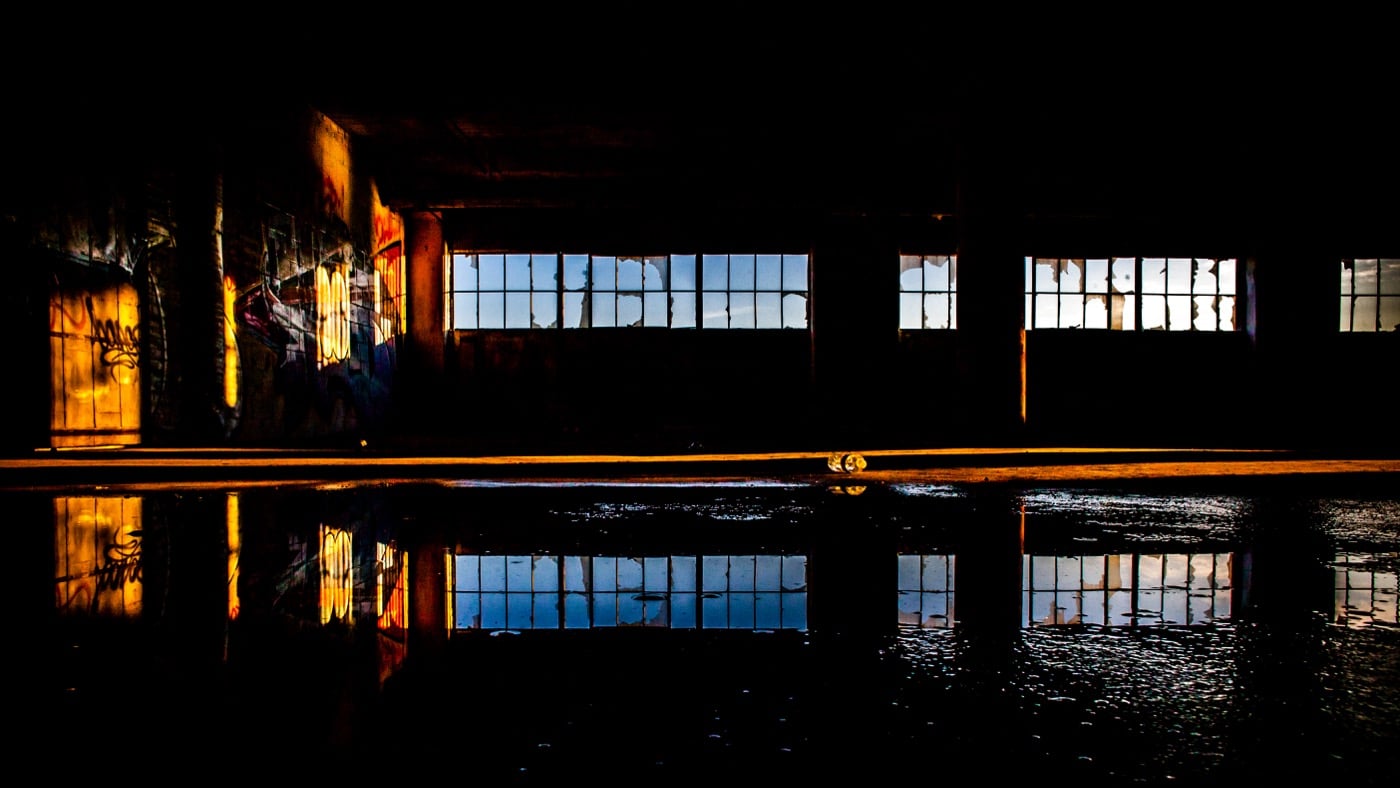When Detroit, the Motor City, morphed into Motown, the automotive capital of the world became Hitsville, U.S.A., as the phenomenon of the pop-soul sound was unleashed on the world. Today Detroit is on the cusp of a 21st-century transformation, as urban agriculture puts down roots in this post-industrial landscape, a fertile oasis spawned as a result of foreclosed homes and bulldozed lots in a downsized city. A new breed of visionaries, innovators, artists and creative entrepreneurs have infiltrated Detroit’s neighborhoods to populate its sometimes gritty streets and partake in the strong communities throughout the city not to mention acres upon acres of space.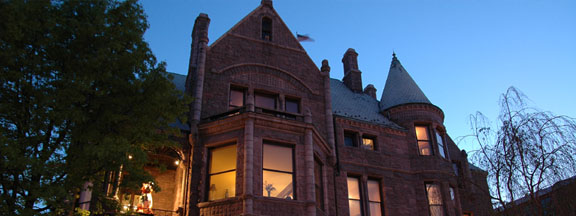
Founded in 1701 as a fur trading center by Frenchman Antoine de la Mothe Cadillac, the name originates from the French word détroit (strait), characterizing its location on the river connecting the Great Lakes. Thanks to Henry Ford, it eventually emerged as the automotive capital of the world then went on to become the birthplace of the singular Detroit sound when Berry Gordy, Jr. founded Motown Records. Mr. Gordy’s accomplishments are showcased today in the notable Motown Historical Museum where impressive displays highlight the history and legacy. The museum follows the timeline from 1959 to the ’70s, the heyday of its amazing array of vocal groups such as The Supremes, the Temptations, the Four Tops and Martha and the Vandellas. Visitors of all ages will enjoy the vast collection of memorabilia including photographs, artwork, music and costumes that help put the massive impact of ‘the Motown sound’ into historical and cultural perspective.
Fittingly, the Motor City hosts the Henry Ford Museum, named for the other Detroit visionary. Set on over 90 acres that includes Greenfield Village, a re-enactment of America’s past, it is the nation’s largest indoor-outdoor museum bringing American history to life. With one of the most comprehensive collections ever assembled, the museum displays memorabilia like Rosa Park’s bus alongside the people who influenced history. The Ford Rouge Factory, where the automobile was first manufactured and a precursor for today’s assembly line, provides tours to explore how the automobile integrated with the American psyche.
The Detroit Institute of Art boasts a collection that is among the top six in the United States, with notable acquisitions like Diego Rivera’s Detroit Industry fresco cycle, considered his most successful work, and Vincent Van Gogh’s self portrait, the first Van Gogh to enter a U.S. museum collection. A prominent feature of the 1927 DIA building is its outstanding auditorium, packed with innovative elements like a bi-level mezzanine reception space with floor-to-ceiling crystal walls reflecting each other on both sides. Many decorative elements like the Arts and Crafts terra cotta tiles from Detroit’s Pewabic Pottery represent the highest level of American craftsmanship from that era.
Plans to return Detroit to its agrarian roots are already well underway as part of a bold initiative to transform empty lots and abandoned buildings into sustainable urban farmland. Hantz Farms is at the forefront of this movement, aiming to provide generous supplies of fresh, local produce such as spring vegetables to Detroit families, while creating hundreds of green jobs for local residents. This will help Detroit progress to a mixed economy, one that isn’t completely dependent on the automotive industry.
Despite Detroit’s powerful connection with cars you don’t need one to make your way around. Unlike the outer “burbs”where it’s virtually impossible to get anywhere without wheels you can actually walk in the city. However, in case you need a little lift there’s the prosaic but highly practical People Mover. Aptly named, the PM is the closest thing to a subway system in this auto-centric town and operates a loop on an elevated single track in Detroit’s central business district. The nearly three mile route provides quick access to sports arenas, exhibition centers, major hotels, and commercial districts. With frequent service and stops at thirteen stations, it’s a bargain at fifty cents.
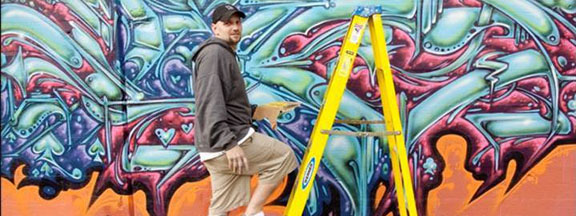
Absolutely one of my favorite things about Detroit is the alluring RiverWalk, a picturesque five plus miles of plazas, pavilions, parks, harbors and green spaces along the Detroit River. Check out the lovely handcrafted carousel, specially designed with creatures indigenous to the river, including egrets, sturgeon and walleye, along with the mythical River Mermaid and River Monster. Numerous festivities are planned for the warm weather season that officially launches on the first day of May. Chilling out is not exactly frowned on here either where you can just relax and gaze at the river while spying on Detroit’s neighbor, Windsor, Ontario on the opposite side and have the pleasure of watching a sunset over two countries.
Just a few feet from the riverfront is Belle Isle, the largest island park in the United States, with plenty of trails for walking, hiking and biking as well as a municipal golf course. The jewel of the island though is the conservatory, the oldest in the country and patterned after Thomas Jefferson’s Monticello. In 1953 it was dedicated to local notable, Anna Scripps Whitcomb, who left her 600-orchid collection to the city. The conservatory today houses hundreds of cacti, succulents, ferns, palms, tropical plants and one of the largest orchid displays. The botanical gardens include formal annual and perennial beds and a lily pond. Open every day, there is no admission charge.
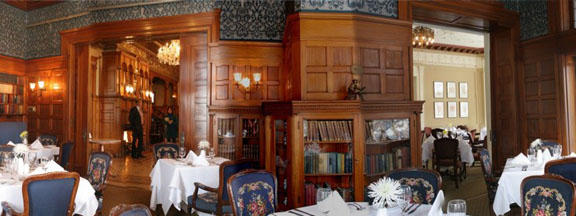
2010 is the Chinese year of the Tiger which just may make this an auspicious season for Detroit’s favorite baseball team. To catch the ball-playin’ big cats in action head to Comerica Park which is more like an urban village than a ballpark with shops, restaurants, offices, and other attractions. Eight buildings of varying sizes and heights make up a tiny town of outbuildings and with no upper deck outfield seats, the park offers a fabulous view of the downtown skyline. Before, after or during the game be sure to head to Elwood Bar & Grill, an original art deco diner from the thirties which was transported from its original location, magnificently restored, and now makes its home right behind left field.
Dining in Detroit is simple with a culinary scene that spans the spectrum … from barbecue and beer, to crepes and zinfandel. For the barbecue head to Slow’s which lives up to its name by featuring slow-cooked beef brisket and pork butt and can’t-be-hurried dry-rubbed ribs. An impressive assortment of beer is on tap including local brews like Bohemian Lager from the Motor City brewery. For the crepes, hustle it over to Le Petit Zinc, offering both savory, filled with chicken, vegetables or feta, and dessert crepes, typically sweet with honey, sugar and chocolate. If you want vegetarian you can’t beat The Cass Café’s lentil walnut burger. Saturdays are bottoms up here when the bar features $3 Bloody Mary’s at lunchtime and $3 margaritas in the evening.
If your pallet leans toward the more sophisticated try The Whitney, with dishes like roasted Mediterranean sea bass with celery root puree, beurre rouge and fennel/apple salad or filet of Angus beef with herb and white cheddar in a red wine reduction. A tempting array of desserts ranges from crème brulee with berry compote to pear and honey spice cake. Housed in a magnificent mansion, you’ll not only eat well, your eyes will feast too. Created in the Romanesque style, the house was built in the 1890’s of South Dakota jasper, a rare variety of pink granite that gives the outside façade with gabled roof and arched windows a striking rose hue. The over the top interior with a grand staircase adorned with an elaborate bronze balustrade, contains Tiffany glass panels, an ornate fireplace, silk-covered walls, tapestries and countless objets d’arts.
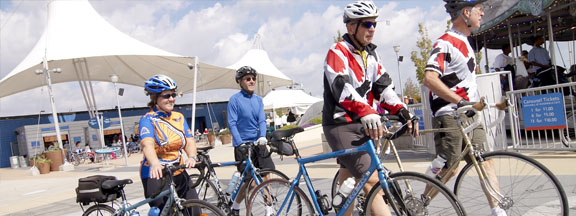
A long-time destination for Detroiters foraging for food is the Eastern Market. A wonderful open-air produce market where stalls of fresh fruit, vegetables and flowers are on dazzling display every Saturday all year long, this is a food lover’s heaven. Fish, meat and poultry are available, too, and bulk spices fill the fragrant spice shop. A wide variety of cheeses are on offer from Hirts also selling every type of basket imaginable. Flats of multicolored flowers for sale make the market a gardener’s paradise, and for fans of the grape, numerous wine shops abound. Even if you’re not there to stock your pantry, it’s a great place for wandering and people-watching while snacking or eating in one of the many restaurants or delis. The area is also an artists’ enclave, attracting young, creative types who are drawn to live and work in the large loft spaces found in the former warehouse buildings.
Detroit seems to be coming full circle from the days when it was purely the place where cars came from. I’d say that it’s an exciting time to visit … and if the Tigers make it to the pennant race this year for sure there’ll be “Dancing’ In the Streets.”
Where to Sleep:
Inn on Ferry Street – Four restored Victorian homes and two carriage houses offer sophisticated luxury. A refreshing change from the standard hotel, the Inn evokes a strong sense of history.
84 East Ferry Avenue, (313) 871-6000, www.innonferrystreet.com
Hotel St. Regis – a landmark hotel with many amenities near the Fisher Theater. La Musique, a Cajun steakhouse in the hotel, features stage costumes and memorabilia from past Motown hit makers. 3071 West Grand Boulevard, (313) 873-3000, www.hotelstregisdetroit.com
234 Winder Street Inn – housed in a restored 19th century home, built for the German-Jewish merchant and activist Emmanuel Schloss, and wife Rebecca. 234 Winder Street (313) 831-4091,
Where to Eat:
Cass Cafe – a restaurant, bar and gallery, CC is a place to meet, eat, drink and/or peruse the art. Soups, salads, sandwiches and vegetarian dishes are on the menu. 4620 Cass, (313) 831-1400, www.casscafe.com
Elwood Bar & Grill – an Art Deco diner, with a lovingly restored enameled steel façade. Good for sports fans as it’s close to both Comerica Park and Ford Field. 300 Adams Avenue, (313) 962-BEER, www.elwoodgrill.com
Le Petit Zinc – creperie in trendy Corktown from the mastermind behind Brooklyn’s Chez Oskar and Café Lafayette. 1055 Trumbull St., (313) 963-2805, lepetitzincdetroit.com
Slows – a place dedicated to traditional barbecue where beer’s taken just as seriously. 2138 Michigan Avenue, (313) 962-9828, slowsbarbq.com
The Whitney – a true dining experience. Upscale menu in a fully restored grand, old mansion, with an award-winning wine cellar, decadent dessert selection and a secret vault somewhere! 4421 Woodward Avenue, (313) 832-5700, www.thewhitney.com
Avalon International Breads – 100% organic flour is used in the handmade breads, pastries, muffins and cookies. The traditional artisan made sour-dough breads are especially good. 422 W. Willis St. (313) 832-0008
Eastern Market – a six-block public market that has been feeding Detroit since 1891. Every Saturday it is transformed into a vibrant marketplace. 2934 Russell Street, (313) 833-9300, www.detroiteasternmarket.com
Nightlife:
Baker’s Keyboard Lounge – billed as the world’s oldest jazz club, Baker’s will be celebrating its 76th anniversary May 2010 and continues to host some of the best jazz in the Detroit metro area. 20510 Livernois Avenue, (313) 345-6300, www.bakerskeyboardlounge.com
What to See and Do:
Motown Historical Museum – visitors get an overview of key events, in the development of Motown as a business and cultural phenomenon, through ingenious displays, interpretive exhibitions and the chance to experience firsthand “the echo chamber”!
2648 W. Grand Boulevard, (313) 875-2267, www.motownmuseum.com
Henry Ford Museum- 20900 Oakwood Blvd., Dearborn, (313) 271-1620 www.thehenryford.org
Belle Isle – located in the middle of the Detroit River at the Canadian border. Accessible by crossing the Belle Isle Bridge, about three miles east of downtown off East Jefferson Avenue. (313) 331-7760, www.fobi.org
Detroit Institute of Arts Museum – an outstanding collection that consists of over 60,000 works from classic to cutting-edge. Housed in a new Beaux Arts building. 5200 Woodward Avenue, (313) 833-7900, www.dia.org
King Bookstore – Michigan’s largest used and rare book with 750,000 titles in stock and no computer database! 901 West Lafayette Boulevard, (313) 961-0622, www.rarebooklink.com

